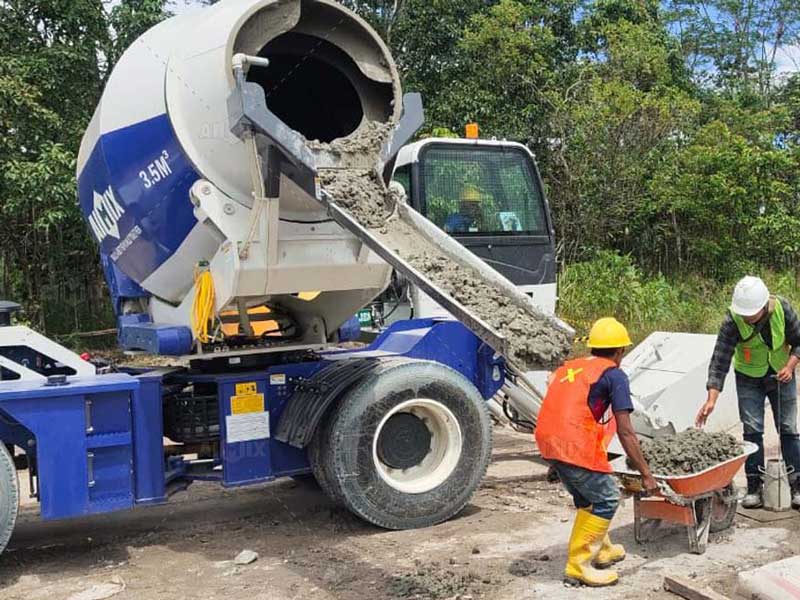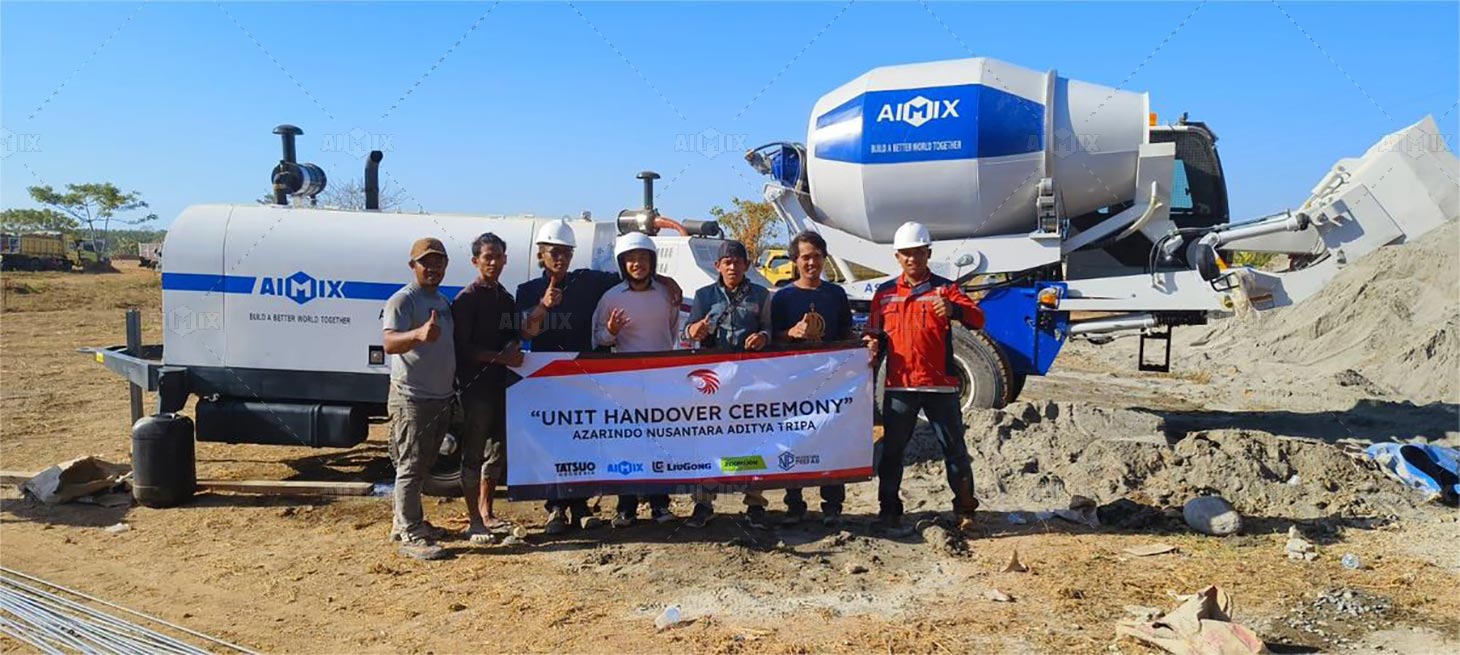The concrete mixer market in Kenya is a dynamic landscape influenced by factors like importation and local production. Understanding the interplay between these elements is crucial in gauging the trajectory of concrete mixer prices in the Kenyan construction industry.
Importation Dynamics
Importation plays a significant role in shaping the availability and pricing of concrete mixers in Kenya. Examining the intricacies of this process provides insights into market dynamics.
Global Market Trends
The global market trends directly influence the availability of concrete mixers in Kenya. Fluctuations in demand and supply on the international stage impact importation volumes, subsequently affecting concrete mixer price in Kenya. Understanding these trends is essential for industry stakeholders to make informed decisions.
For instance, during periods of increased global demand for construction equipment, the importation of concrete mixers to Kenya may surge, leading to potential price hikes due to heightened competition and logistical challenges.

Tariffs and Import Regulations
The regulatory landscape, including tariffs and import regulations, plays a pivotal role in shaping the cost structure of imported concrete mixers. Changes in these regulations can directly impact importation costs, influencing the final retail prices in the Kenyan market.
Staying abreast of tariff adjustments and import regulations is crucial for businesses and consumers alike, as it directly influences the affordability and accessibility of concrete mixers.
Local Production Impact
The local production of concrete mixers is a variable that significantly shapes the pricing landscape. Analyzing the factors associated with local manufacturing provides a holistic view of this influence.

Production Costs and Supply Chain
Local production offers advantages in terms of reduced transportation costs and a streamlined supply chain. Understanding the intricacies of production costs, including raw materials, labor, and overheads, provides insights into the feasibility of competitive pricing for locally manufactured self loading transit mixer.
For instance, efficient local manufacturing processes can contribute to cost savings, allowing businesses to offer competitive prices compared to imported counterparts.
Quality Assurance and Customization
Local production allows for greater control over quality assurance and customization. Manufacturers can tailor concrete mixers to meet specific requirements of the Kenyan market, ensuring that the equipment aligns with local construction needs and standards.
Consumers benefit from this by having access to concrete mixers that are not only competitively priced but also tailored to local demands, enhancing the overall value proposition.
The Pricing Equation
Concrete mixer prices in Kenya are a reflection of the intricate interplay between importation and local production dynamics. Analyzing this pricing equation provides clarity on the factors influencing the cost structure. Get price ranges here: https://concretemixerwithpump.com/self-loading-concrete-mixer-machine-price/.
Market Competition and Consumer Choices
Market competition, fueled by both imported and locally produced mixers, contributes to price variations. Businesses strive to offer competitive prices to gain market share, and consumers benefit from a range of choices that cater to different budgets and preferences.
The discerning consumer has the opportunity to evaluate not only the price but also the features, quality, and origin of concrete mixers, making informed decisions based on individual needs.
Economic Indicators and Industry Outlook
The broader economic indicators and the outlook of the construction industry play a vital role in determining self loading concrete mixer price in Kenya. Economic stability, construction projects in the pipeline, and government initiatives directly impact the demand for mixers, influencing their prices.
Stakeholders in the construction sector closely monitor economic indicators to anticipate market trends and align their strategies with the evolving landscape.
In conclusion, the intricate relationship between importation and local production intricately shapes the pricing dynamics of concrete mixers in Kenya. A nuanced understanding of these factors empowers industry players and consumers to navigate the market, fostering a competitive and sustainable construction equipment landscape.